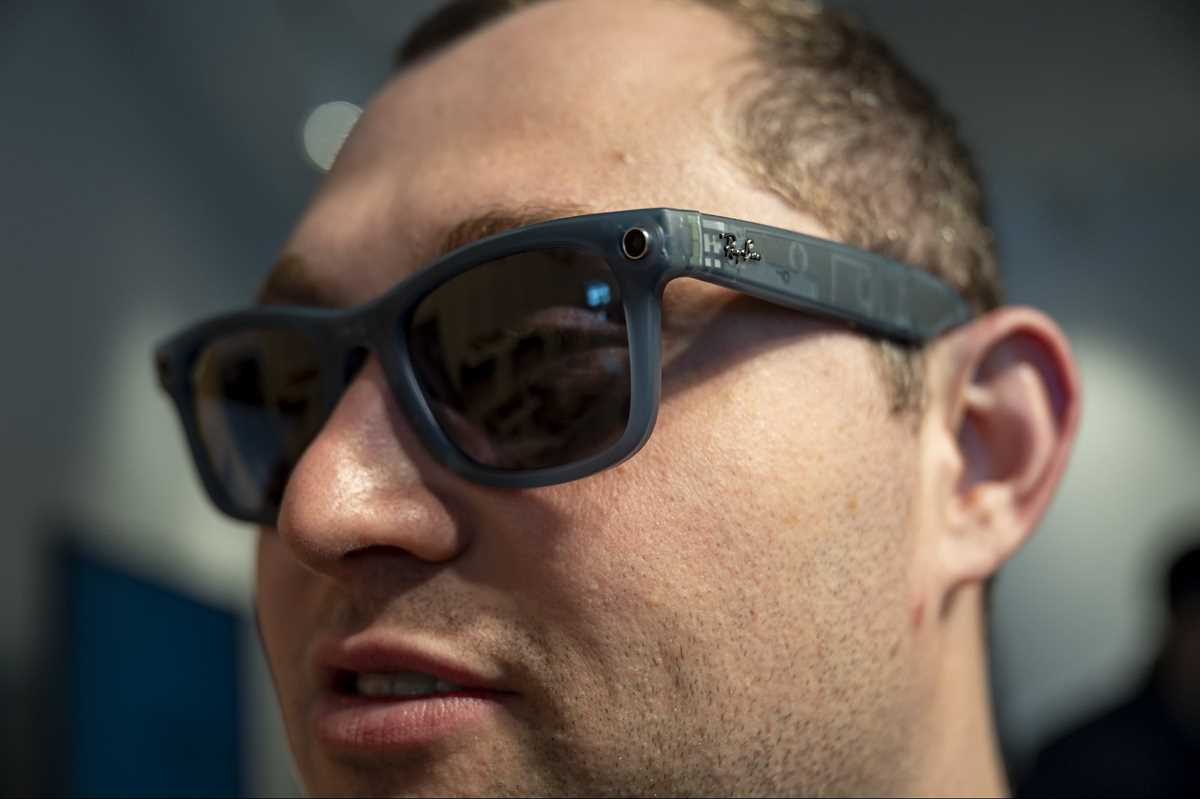Table of Contents
Remember the Humane Ai Pin? The ambitious, screenless wearable that promised to revolutionize how we interact with technology? It crashed and burned faster than a Silicon Valley startup after a bad Series A. Now,a new contender is entering the ring: a ChatGPT-powered device from io,a company spearheaded by Apple design legend Jony Ive. But can it avoid the Ai Pin’s fate?
The Ai Pin’s failure was a cautionary tale.Clunky interface, limited functionality, and a hefty price tag led to dismal sales and an eventual acquisition by HP for a fraction of its venture funding. Users returned the device in droves, and those who didn’t found their expensive gadgets bricked after the takeover. Ouch.
So, why is there optimism surrounding the io device? Several key factors differentiate it from its ill-fated predecessor.
The Power of ChatGPT
The most notable advantage is the integration of chatgpt. While the Ai Pin had its own AI, it lacked the sophistication and widespread recognition of OpenAI’s flagship product. ChatGPT is practically a household name, synonymous with cutting-edge AI. This instant brand recognition and proven capabilities give io a massive head start.
Quick Fact: ChatGPT boasts over 100 million weekly active users, making it one of the most popular AI platforms globally.
Jony Ive isn’t just a designer; he’s a design icon. His fingerprints are all over Apple’s most iconic products, from the iMac to the iPhone. his involvement lends instant credibility and suggests a focus on aesthetics and user experience that the Ai Pin sorely lacked. Early reports suggest the io device will resemble an iPod Nano, prioritizing elegance and portability.
Expert Tip: Good design isn’t just about looks; it’s about making technology intuitive and accessible. Ive’s expertise in this area could be the key to io’s success.
Humane struggled with limited funding, hindering its ability to iterate and improve the Ai Pin. In contrast, OpenAI acquired io for a staggering $6.5 billion. This influx of capital provides the resources necessary for extensive research and progress, ensuring the io device has the best possible hardware and software.
sam Altman believes this acquisition could add $1 trillion in value to OpenAI. That’s a bold claim, but it underscores the company’s commitment to the AI device market.
According to reports, the io device will be a screenless gadget, slightly larger than the Ai Pin but with a more refined design. It’s expected to be worn around the neck,allowing ChatGPT to monitor your surroundings and provide contextual assistance. Think of it as a personal AI assistant that’s always listening and learning.
Did you know? Sam Altman reportedly called the io ChatGPT prototype “the coolest piece of technology that the world will have ever seen.” Hype alert!
The device will likely feature a microphone, speaker, and camera, connecting to your phone and computer via the ChatGPT app. This seamless integration is crucial for providing a truly useful and personalized experience.
Jony Ive isn’t alone. He’s surrounded by a team of former Apple executives, including Scott Cannon, Evans Hankey, and Tang Tan.These are the people who helped shape the iPhone, Apple Watch, and othre iconic products. Their collective experience and design expertise are invaluable.
LoveFrom, another Ive venture, includes even more Apple veterans, such as Bas Ording, Mike Matas, and Chris Wilson, who worked on Mac and iPhone software. This concentration of talent suggests a level of design prowess that Humane simply couldn’t match.
While Humane had a solid vision, its proprietary AI couldn’t compete with the power and versatility of ChatGPT. OpenAI is constantly improving its AI models, adding new features and capabilities. This continuous development ensures that the io device will always be at the forefront of AI technology.
Expert Quote: “ChatGPT remains the most popular and widely discussed AI, even as Google’s Gemini improves.” – Chris Smith, BGR
Despite the optimism, io faces significant challenges.The Ai Pin’s failure serves as a stark reminder that even the best technology can fail if it doesn’t meet user needs. The io device must offer a compelling value proposition and avoid the pitfalls of its predecessor.
Hear’s a quick pros and cons analysis:
Pros:
Cons:
The io ChatGPT device represents a second chance for the AI wearable market. With its superior technology, design, and funding, it has a much better chance of success than the Ai Pin ever did.Whether it will revolutionize how we interact with technology remains to be seen, but one thing is clear: the future of AI companions is looking brighter than ever.








